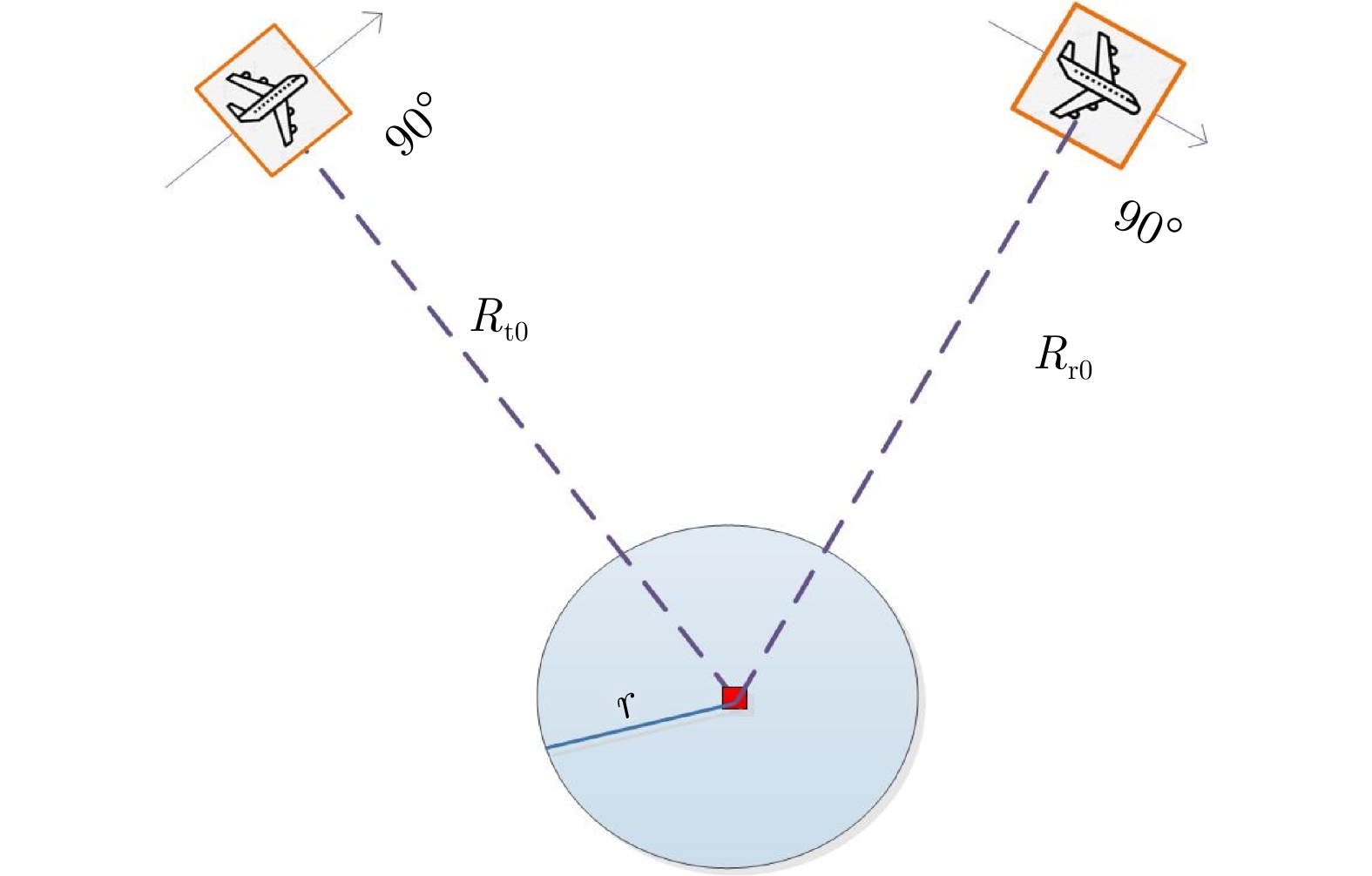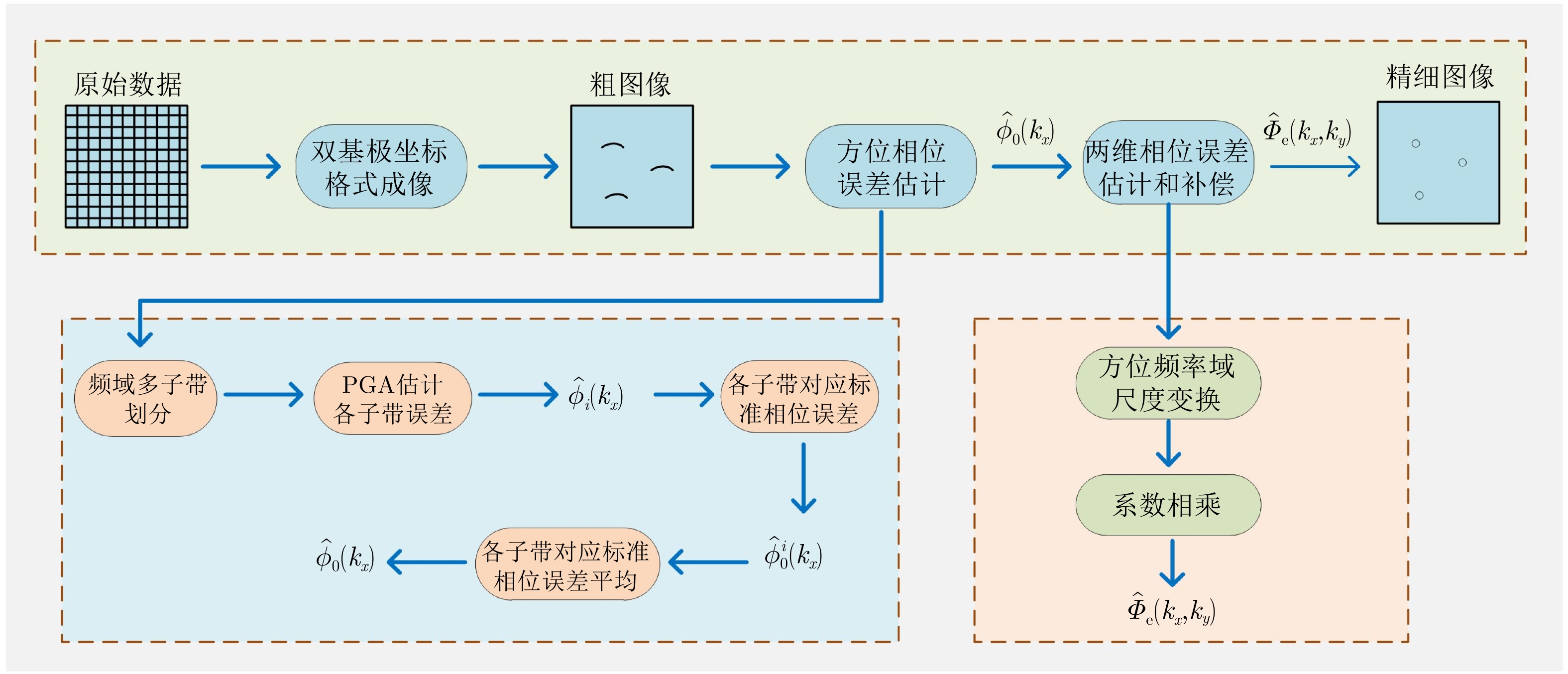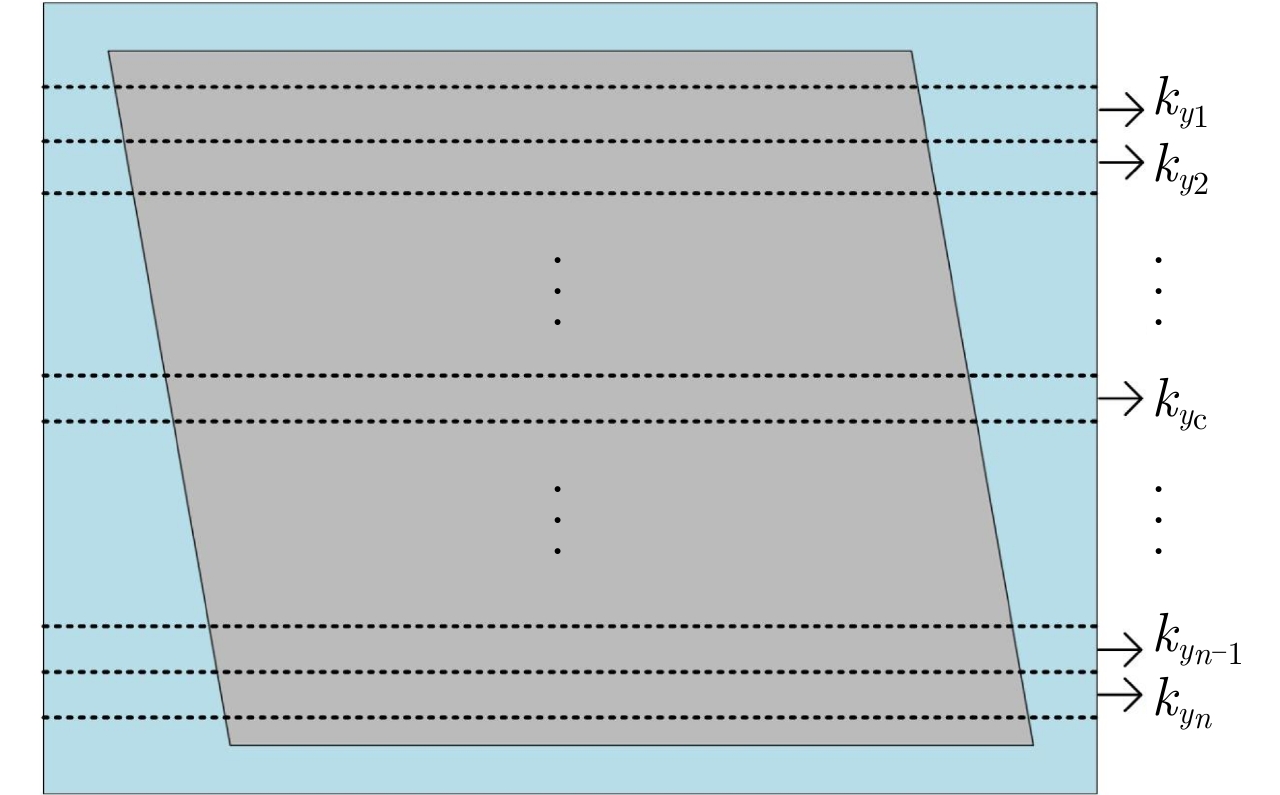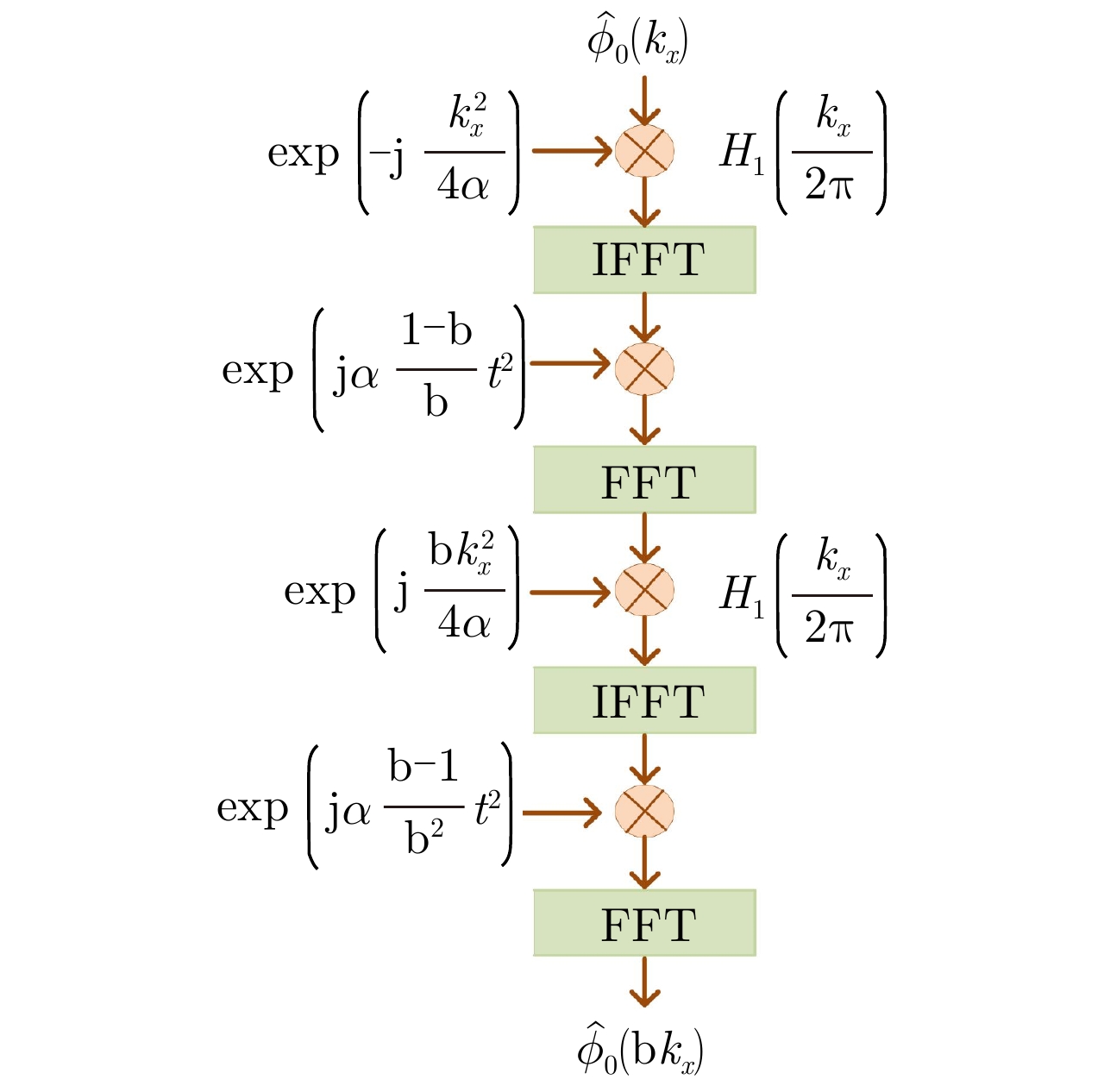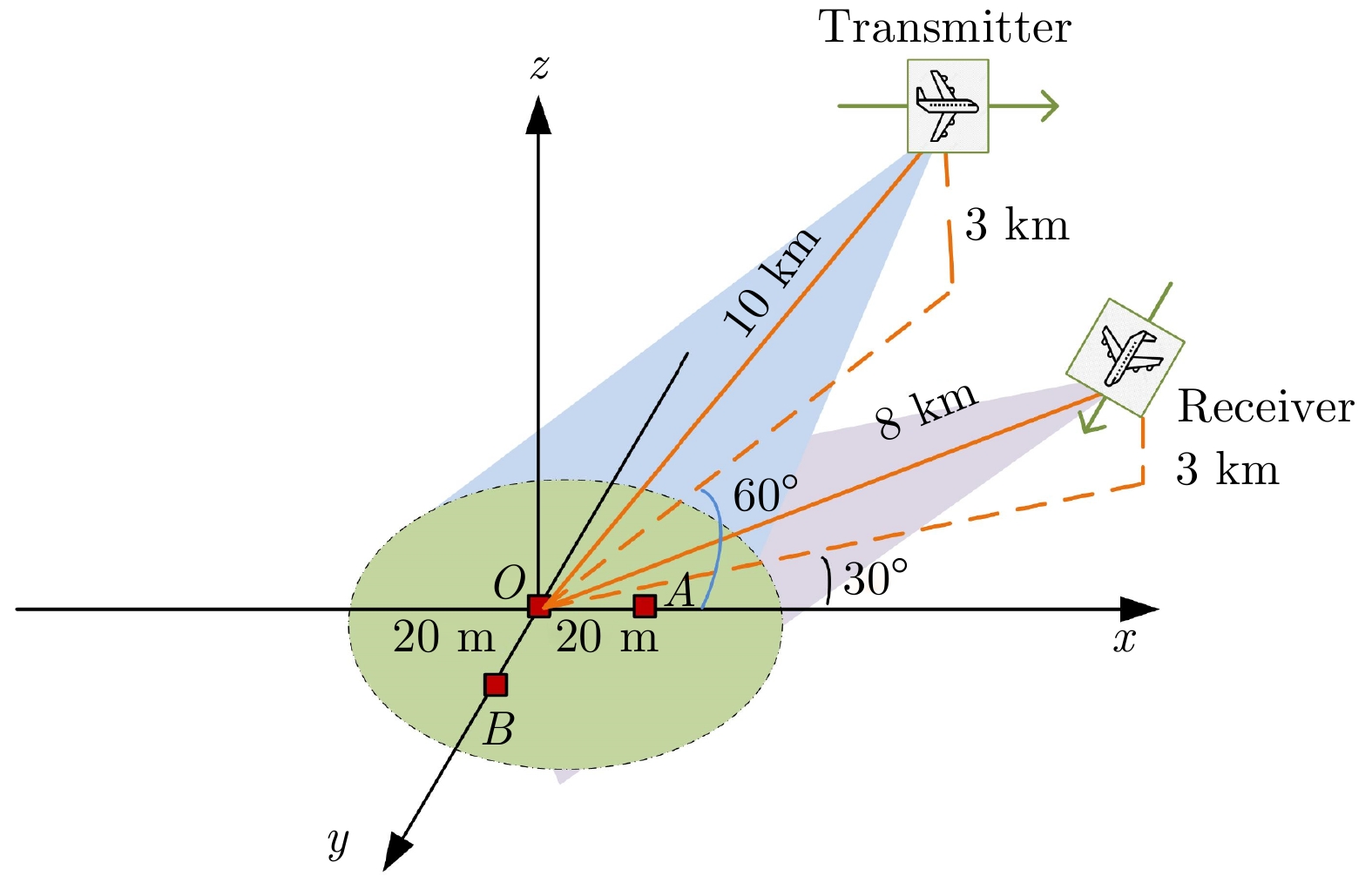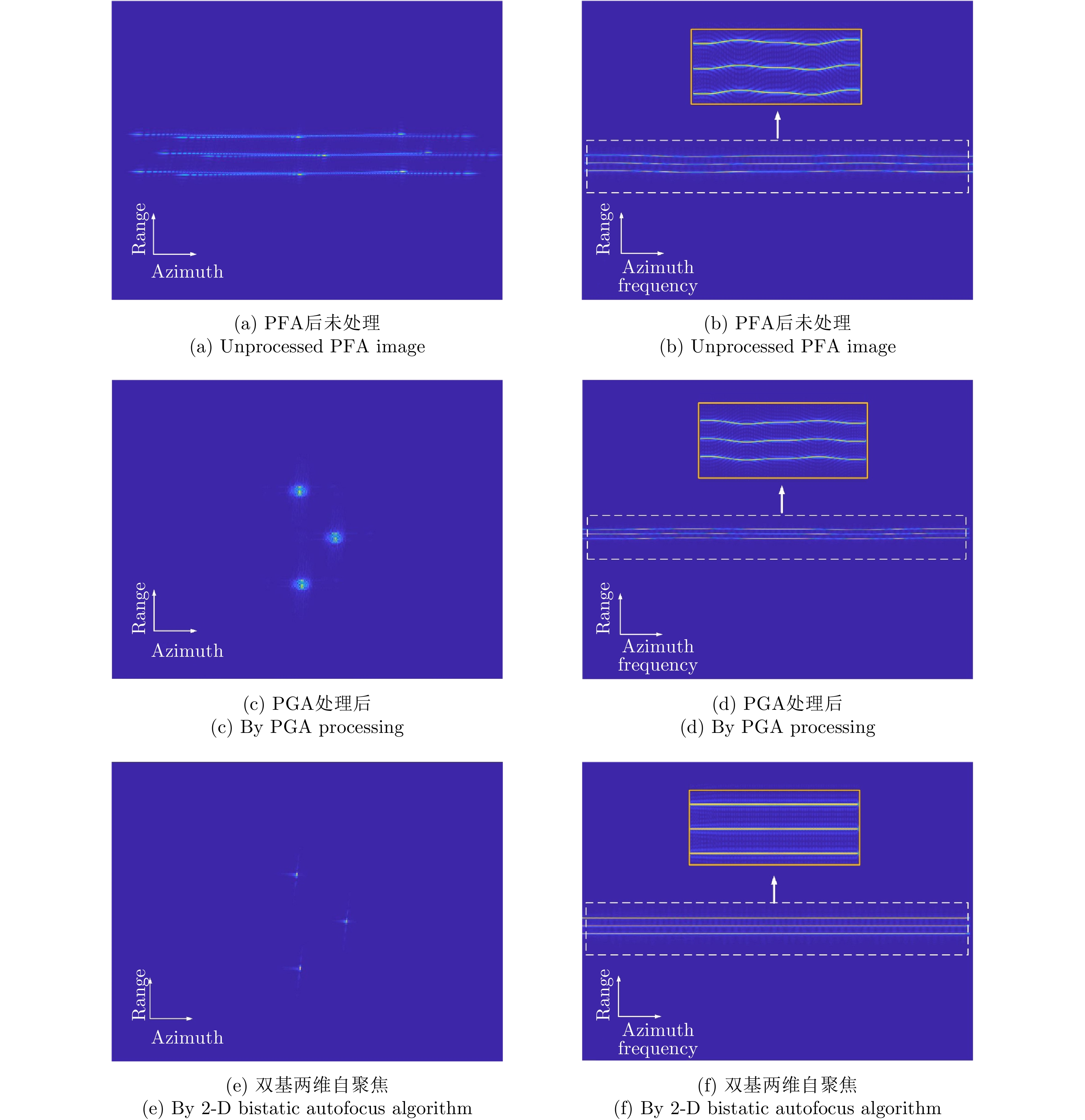- Home
- Articles & Issues
-
Data
- Dataset of Radar Detecting Sea
- SAR Dataset
- SARGroundObjectsTypes
- SARMV3D
- AIRSAT Constellation SAR Land Cover Classification Dataset
- 3DRIED
- UWB-HA4D
- LLS-LFMCWR
- FAIR-CSAR
- MSAR
- SDD-SAR
- FUSAR
- SpaceborneSAR3Dimaging
- Sea-land Segmentation
- SAR Multi-domain Ship Detection Dataset
- SAR-Airport
- Hilly and mountainous farmland time-series SAR and ground quadrat dataset
- SAR images for interference detection and suppression
- HP-SAR Evaluation & Analytical Dataset
- GDHuiYan-ATRNet
- Multi-System Maritime Low Observable Target Dataset
- DatasetinthePaper
- DatasetintheCompetition
- Report
- Course
- About
- Publish
- Editorial Board
- Chinese
| Citation: | SHI Tianyue, LIU Huixin, LIU Yanqi, et al. Bistatic synthetic aperture radar two-dimensional autofocus approach based on prior knowledge on phase structure[J]. Journal of Radars, 2020, 9(6): 1045–1055. doi: 10.12000/JR20048 |
Bistatic Synthetic Aperture Radar Two-dimensional Autofocus Approach Based on Prior Knowledge on Phase Structure
DOI: 10.12000/JR20048 CSTR: 32380.14.JR20048
More Information-
Abstract
Two-Dimensional (2-D) autofocus is an important guarantee for high-resolution imaging of airborne Synthetic Aperture Radar (SAR) under high maneuvering conditions. The existing 2-D autofocus approaches for bistatic SAR blindly estimate the phase error and do not fully utilize the prior knowledge on phase structure. In this paper, a new interpretation of the Polar Format Algorithm (PFA) for general bistatic SAR imaging is presented. From the viewpoint of Residual Cell Migration (RCM), PFA is converted into 2-D decoupling. By utilizing this new formulation, we analyze the effect of range and azimuth resampling on the residual 2-D phase error and reveal the inherent structure characteristics of the residual 2-D phase error in the wavenumber domain. The 2-D phase error estimation can reduce to one dimensional azimuth phase error estimation. Based on this prior knowledge, a structure-aided 2-D autofocus approach is proposed. Meanwhile, the information of all the data is fully excavated by averaging sub-band data when the azimuth phase error is being estimated. Compared with the existing algorithms, both the parameter estimation precision and computational efficiency are significantly improved. Experimental results clearly demonstrate the correctness of the theoretical analysis and the effectiveness of the proposed method. -

-
References
[1] 邓云凯, 王宇. 先进双基SAR技术研究(英文)[J]. 雷达学报, 2014, 3(1): 1–9. doi: 10.3724/SP.J.1300.2014.14026DENG Yunkai and WANG R. Exploration of advanced bistatic SAR experiments (in English)[J]. Journal of Radars, 2014, 3(1): 1–9. doi: 10.3724/SP.J.1300.2014.14026[2] BRENNER A R and ENDER J H G. Demonstration of advanced reconnaissance techniques with the airborne SAR/GMTI sensor PAMIR[J]. IEE Proceedings-Radar, Sonar and Navigation, 2006, 153(2): 152–162. doi: 10.1049/ip-rsn:20050044[3] CANTALLOUBE H and DUBOIS-FERNANDEZ P. Airborne X-band SAR imaging with 10 cm resolution: Technical challenge and preliminary results[J]. IEE Proceedings-Radar, Sonar and Navigation, 2006, 153(2): 163–176. doi: 10.1049/ip-rsn:20045097[4] 郭江哲, 朱岱寅, 毛新华. 一种SAR两维自聚焦算法的FPGA实现[J]. 雷达学报, 2016, 5(4): 444–452. doi: 10.12000/JR15092GUO Jiangzhe, ZHU Daiyin, and MAO Xinhua. FPGA implementation of a SAR two-dimensional autofocus approach[J]. Journal of Radars, 2016, 5(4): 444–452. doi: 10.12000/JR15092[5] MAO Xinhua, ZHU Daiyin, and ZHU Zhaoda. Autofocus correction of APE and residual RCM in spotlight SAR polar format imagery[J]. IEEE Transactions on Aerospace and Electronic Systems, 2013, 49(4): 2693–2706. doi: 10.1109/TAES.2013.6621846[6] WAHL D E, EICHEL P H, GHIGLIA D C. Phase gradient autofocus-a robust tool for high resolution SAR phase correction[J]. IEEE Transactions on Aerospace and Electronic Systems, 1994, 30(3): 827–835. doi: 10.1109/7.303752[7] DING Zegang, ZENG Tao, and YAO Di. Motion measurement errors in bistatic spotlight SAR[C]. 2009 IET International Radar Conference, Guilin, China, 2009. doi: 10.1049/cp.2009.0099.[8] ZHOU Song, XING Mengdao, XIA Xianggen, et al. An Azimuth-dependent Phase Gradient Autofocus (APGA) algorithm for airborne/stationary BiSAR imagery[J]. IEEE geoscience and Remote Sensing Letters, 2013, 10(6): 1290–1294. doi: 10.1109/LGRS.2013.2237749[9] PU Wei, WU Junjie, HUANG Yulin, et al. Nonsystematic range cell migration analysis and autofocus correction for bistatic forward-looking SAR[J]. IEEE Transactions on Geoscience and Remote Sensing, 2018, 56(11): 6556–6570. doi: 10.1109/TGRS.2018.2840424[10] MAO Xinhua and ZHU Daiyin. Two-dimensional autofocus for spotlight SAR polar format imagery[J]. IEEE Transactions on Computational Imaging, 2016, 2(4): 524–539. doi: 10.1109/TCI.2016.2612945[11] 丁晶. 单/双基SAR极坐标格式算法研究[D]. [硕士论文], 南京航空航天大学, 2017: 38–44.DING Jing. Study on polar format algorithm for monostatic/Bistatic SAR[D]. [Master dissertation], Nanjing University of Aeronautics and Astronautics, 2017: 38–44.[12] CARRARA W G, GOODMAN R S, and MAJEWSKI R M. Spotlight Synthetic Aperture Radar: Signal Processing Algorithms[M]. Norwood: Artech House, 1995: 56–89.[13] 孙进平, 白霞, 毛士艺. 聚束模式双基地SAR极坐标格式成像算法研究[J]. 电子学报, 2008, 36(12): 2324–2327. doi: 10.3321/j.issn:0372-2112.2008.12.010SUN Jinping, BAI Xia, and MAO Shiyi. The PFA imaging algorithm for spotlight mode bistatic SAR[J]. Acta Electronica Sinica, 2008, 36(12): 2324–2327. doi: 10.3321/j.issn:0372-2112.2008.12.010[14] MAO Xinhua, ZHU Daiyin, and WU Di. A new formulation of polar format algorithm for bistatic spotlight SAR[C]. 2015 IEEE Radar Conference, Arlington, USA, 2015. doi: 10.1109/RADAR.2015.7130972.[15] 毛新华. PFA在SAR超高分辨率成像和SAR/GMTI中的应用研究[D]. [博士论文], 南京航空航天大学, 2009: 20–30.MAO Xinhua. Study on the application of PFA in SAR ultra-high resolution imaging and SAR/GMTI[D]. [Ph. D. dissertation], Nanjing University of Aeronautics and Astronautics, 2009: 20–30. -
Proportional views

- Figure 1. Geometric model of spotlight bistatic SAR
- Figure 2. Geometric model of spotlight Bistatic SAR for analysis of spatial-variant error
- Figure 3. Flowchart of proposed 2-D autofocus algorithm
- Figure 4. Diagram of sub-band division in frequency spectrum
- Figure 5. Flowchart of estimating APE
- Figure 6. Flowchart of scale transformation
- Figure 7. Simulated data collection geometry
- Figure 8. Simulation results of point target
- Figure 9. Enlarged view of three point targets after 2-D bistatic autofocus algorithm
- Figure 10. Profile of point target
- Figure 11. Simulation results of area target


 Submit Manuscript
Submit Manuscript Peer Review
Peer Review Editor Work
Editor Work





 DownLoad:
DownLoad:
